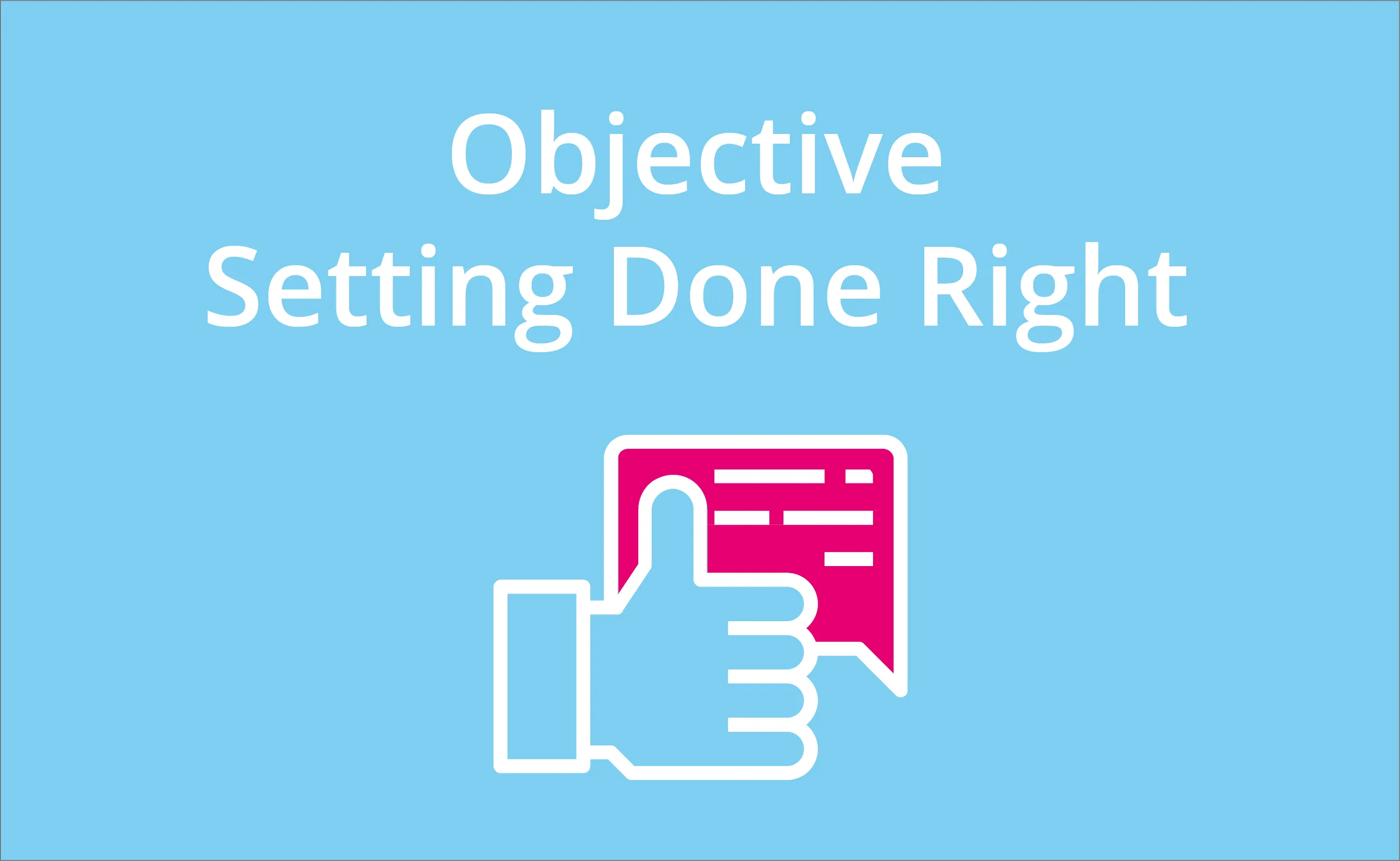
One of the most frequently used digital tools is emailing, right? Before I launched Qollabi, I had a consultancy firm where I learned about efficient communication, methodology and different ways to structure an email. One of the methodologies and powerful ideas I’ve constantly used was the use of Barbara Minto’s Pyramid Principle which was developed by McKinsey.The principle advocates the following:
1.) starting with the answer first
2.) grouping and summarizing supporting arguments and
3.)logically ordering supporting ideas.
Here’s a model to illustrate the pyramid principle:

Decomposing an argument into a pyramid structure
Each level of the pyramid must summarize the ideas grouped below them. Since the model advocates starting with the main message, chances are your message will come across in the right way. I prepared an email structure that’s based on the pyramid principle. We’ll break down each item in the email structure so you can create a powerful email too.

1. Subject Line of an email
The subject line is the place where you state your message.It’s a well-known fact that most people read the subject lines only. In fact, 35% of recipients open emails based on the subject line and personalized email subject lines boost open rates by 50 percent.Having a great subject line is your first chance to make a fast and direct impression. A good tip is to keep it short and straight to the point. Be direct about what the email is about. Remember that that 47% of emails are opened in mobile, so long subject lines won’t be visible to your recipients.
2. Intro
This section is where you thank your partner and show them how much you care about him. You can thank them for something as simple as attending a meeting or event. The point is that you show that you are attentive to their needs and understand their business.
"Thank you for..and interesting to see... " → show you care and understand.
3. Key Message
Why are you sending an email? The key message brings the discussion forward. You want to place it as early as possible because your partners don’t have the time to read the entire message. They’re busy and in a rush, so they’ll quickly want to know what you want. It’s important to turn readers around starting with a key message which is why it’s called the pyramid principle.
"As discussed, let's agree to try out our new product by exposing it at the entrance as from next week." → key message as early as possible.
4. Reasoning
If you have more points that you’d like to explain, you can elaborate on it in this portion. This consists of three building blocks:
a. Situation
The situation is just stating the obvious and creating common ground about what you’re talking about. It usually consists of bullet points or short sentences with an active voice - instead of a passive one. Here’s an example:
- Passive: Software X was used to get in touch with sales partner A.
- Active option 1: We used Software X to get in touch with sales partner A.
The difference might not be as big but the active voice is a lot more action-oriented so try to use it more often.
Situation → No tension, creating common ground.
- Text or bullet points
- ...
b. Challenge or Complication
Since you’ve started a common ground that you can all agree on, now it’s time to bring on the challenge. These consist of points of discussion or open questions that you’d have in past meetings or that you’ll prepare for in a future meeting.
Challenge/complication → Points of discussion. Open questions.
- Text or bullet point
- ...
c. Messages & to-do’s
As its name suggests, this section discusses the next steps that you’ll discuss during the meeting. What do you want your recipients to do in order to prepare for the meeting? Do you want them to read an attached document or review some data? This portion outlines the action steps that you want to achieve.
Message(s) → To do's → Next steps.
- Text or bullet points.
- ...
5. Outro
The last part is the outro and it answers the questions, “What are you looking forward to?”It’s interesting because it outlines your priorities and the next steps.

This is followed by the PS. What’s interesting is that research has found that people tend to read the PS more often than the middle portion of the email. This is an interesting take away that you can experiment with. Try to add some important information in the PS or ask a favor and chances are your partners will read it as well.

Written by: Frie Pétré



